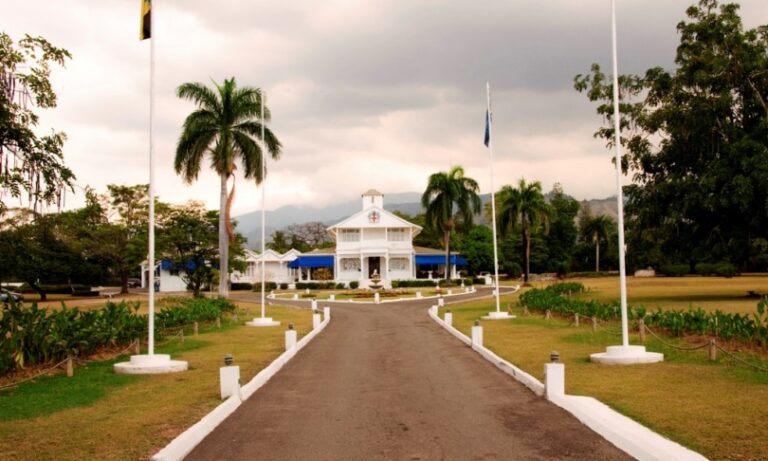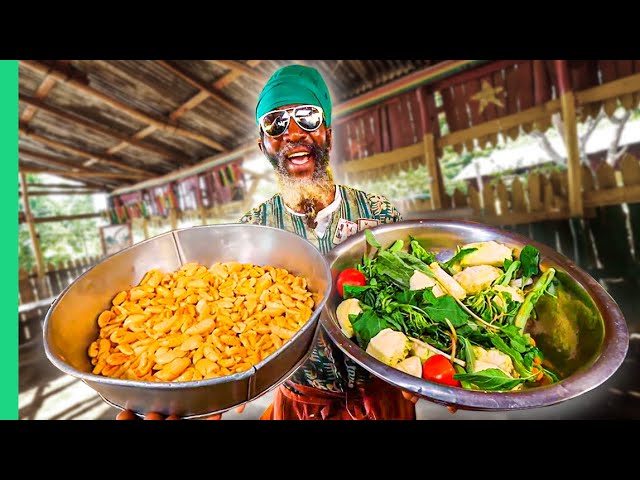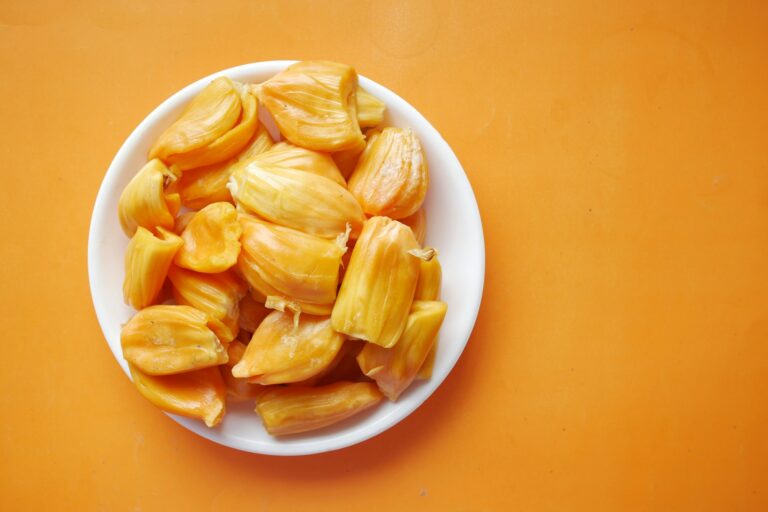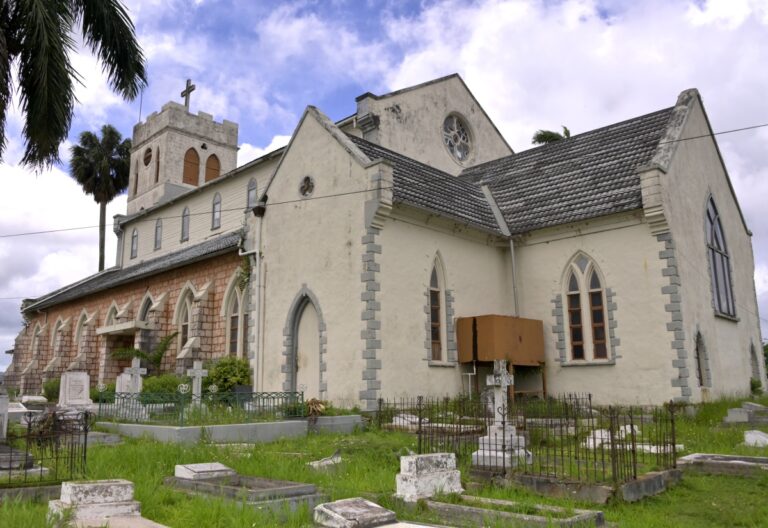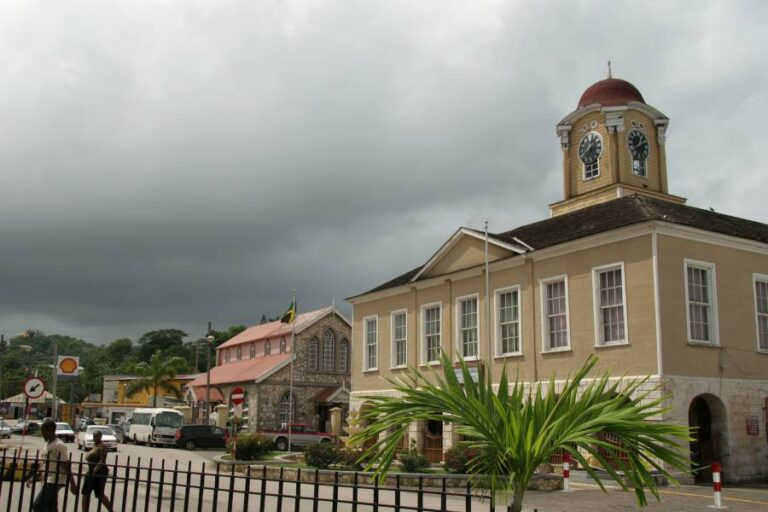The Arrival of the Germans in Jamaica: A Little-Known Chapter of Caribbean History
Jamaica is often celebrated for its rich cultural tapestry, woven from the diverse peoples who have made the island their home. While the African, Indian, Chinese, and European influences are well documented, the story of the German community in Jamaica remains one of the lesser-known aspects of the island’s history. The German presence in Jamaica dates back to the 19th century when groups of settlers arrived seeking new opportunities. Over time, they left a distinct mark on the island’s social and economic fabric.
The Arrival of the Germans in Jamaica
The Germans first arrived in Jamaica in the early 1830s, primarily as part of an immigration initiative by the British colonial government. At the time, slavery was being abolished, and the plantation economy was in flux. The British authorities sought to replace enslaved labor with European settlers who could work the land and provide an economic boost.
One of the largest groups of German immigrants came in 1834 when about 500 settlers, mainly from Bavaria and Württemberg, were brought to the island. They were promised land, housing, and opportunities to create a prosperous life. Many of these settlers were sent to areas such as Seaford Town in Westmoreland, where they established a farming community.
Challenges and Adaptation
The Germans faced numerous challenges upon arrival. The tropical climate, diseases, and harsh working conditions proved to be difficult for many. Additionally, the promises of land and economic support from the colonial government were often not fulfilled as expected. As a result, some German settlers struggled to make a living and either returned to Europe or moved to urban centers in Jamaica in search of better opportunities.
Despite these hardships, many Germans persevered and integrated into Jamaican society. They adapted to the local culture while still maintaining aspects of their European heritage. Their influence can be seen in local surnames, architectural styles, and even certain culinary traditions in communities where they settled.
The Legacy of the German-Jamaican Community
Over time, German-Jamaicans became a small but influential community, contributing to various aspects of Jamaican society, including business, politics, and the arts. Today, Seaford Town remains a symbol of this German-Jamaican heritage, with some residents still bearing German surnames and celebrating their ancestral roots.
Notable Figures in the German-Jamaican Community
Several notable individuals of German descent have left their mark on Jamaica’s history, including:
- Louis Marriott (Pictured above) – A respected playwright, journalist, and actor, Marriott contributed significantly to Jamaican theatre and culture. His German heritage traces back to Seaford Town.
- Dr. Robert Wedemeyer – A well-known doctor and philanthropist who worked extensively in the Jamaican medical field.
- Father Francis O. Oswald – A German-Jamaican priest who played an important role in religious and social development in Seaford Town.
The German community in Jamaica, though small, has had a lasting impact on the island’s history and culture. Their story is a testament to the resilience and adaptability of immigrants who, despite challenges, have contributed to Jamaica’s diverse and dynamic identity.



